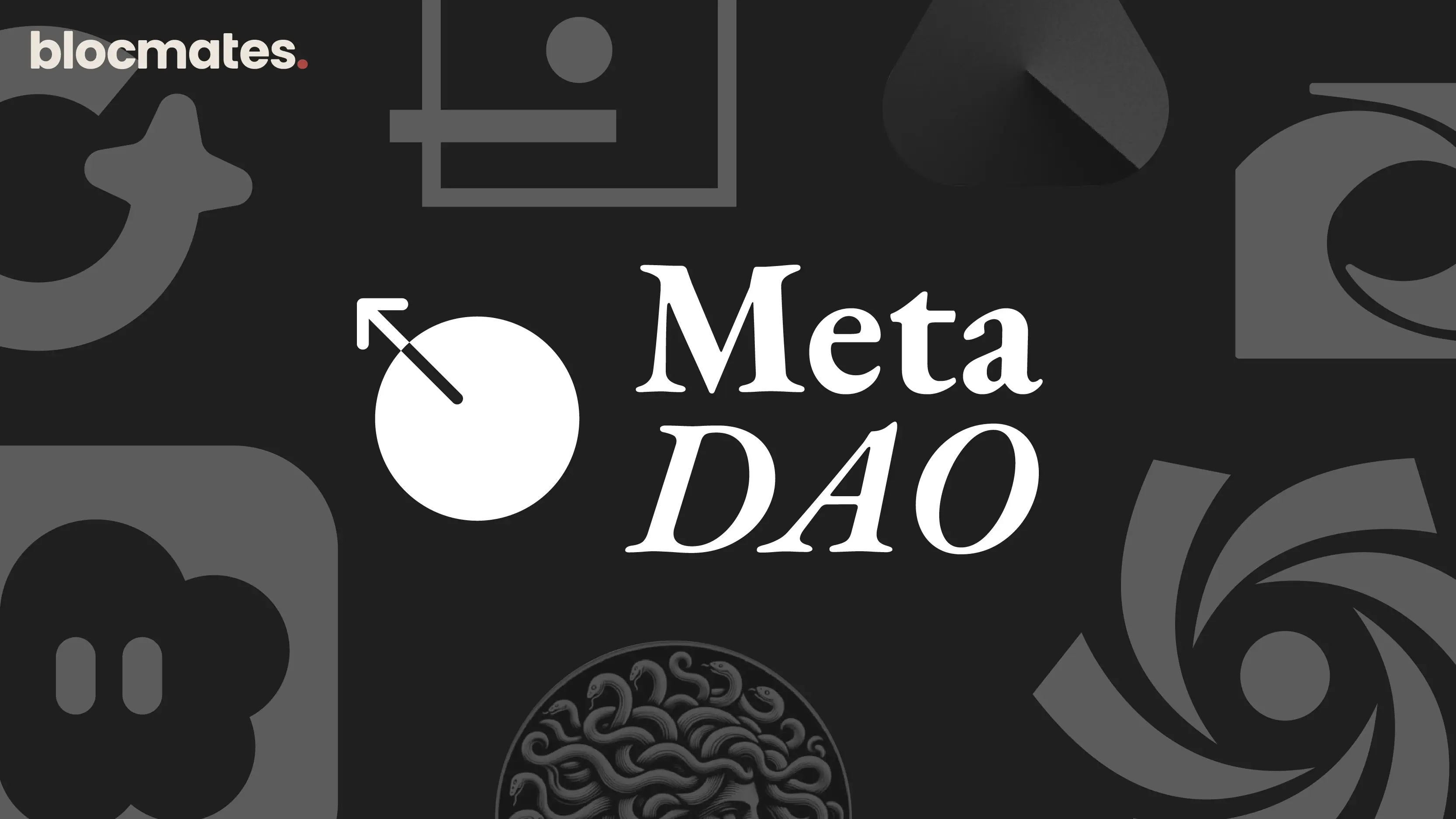Monad is a community-focused, super-fast & optimized EVM-compatible layer 1 blockchain network with near-zero transaction fees.
It is designed to process transactions in parallel, i.e, execution and consensus (asynchronous execution) at the same time, thereby providing for single-slot finality (shorter time frame to reach consensus on the finality of a block), the use of lesser hardware requirements for consensus, and at the tail, easy EVM compatibility for app developers.
Monad is superfast because it achieves 10,000 transactions per second with a block finality of 1 second. This is made possible through custom changes to the EVM's architecture and the way transactions are processed on-chain.
How does Monad work?
Monad is rebuilding the way the EVM works from the ground up through a four (4) feature approach that endorses “pipelining” — executing stages (consensus, execution and consensus, transaction execution, and state access) of a network’s process in tandem or concurrently.
For execution:
- MonadDb—Unlike other Ethereum clients that use key-value databases implemented as B-Tree or LSM-Tree, Monad developed its own uniquely designed custom database using the Patricia-Trie data structure. Monad adopts Asynchronous I/O or async I/O for its custom database. The Asynchronous I/O allows the system to carry out execution in tandem with communication.
- Parallel execution—While the end product of Monad’s block execution model is the same as Ethereum's, Monad executes a block in parallel. This means that before a previous block is finalized, another undergoes the execution process. This process is referred to as optimistic execution. To ensure that errors are not made, Monad merges block state sequentially to check for similarity between the inputs of transaction 2 and the outputs of transaction 1.
For Consensus:
- Deferred execution— Monad approaches consensus a bit differently from Ethereum. It separates execution from consensus by removing the duty of execution from the consensus leader (validating node). This allows for blind validation of blocks wherein validating nodes are not aware of the state of the block after voting. The design employs Merkle root delays to upend malicious nodes. The result is reduced gas costs and increased throughput.
- MonadBFT—As is the trend of optimizing the EVM state, Monad optimizes its consensus process by reducing it. It achieves this by implementing a pipelined two-phase BFT algorithm (in place of a three-phase algorithm), wherein quadratic communication is deployed in case of a leader timeout and linear communication overhead in a normal case.
Why is Monad important?
With a transaction speed of 10,000 TPS, equivalent to 1 billion transactions per day, Monad is being designed to surpass Ethereum and Solana.
This makes Monad extremely attractive to developers who are building or intend to build applications that need high throughput or, simply put, efficient network speed and performance.
Monad’s approach to decentralization and scalability has the potential to unlock a new iteration of decentralized applications, thereby bringing millions of users on-chain—a step closer to mass adoption.
What is the current trend with Monad?
In addition to a significant number of VCs who have invested in Monad's development, the network boasts a robust and friendly community of supporters, most of whom are expected to become daily or weekly users.
At the time of this writing, Monad is gearing up to introduce the testnet version of the network, a necessary step as it transitions to the mainnet.
Community members are encouraged to provide value in the form of content support and other meaningful forms of engagement ahead of a potential reward.
Many projects, such as Kuru, Kintsu, aPriori, Curvance, Nostra Finance, etc., are already building the infrastructure to launch their apps on Monad on day one.
Additionally, Monad bootstraps application development on the network via incentivized builder programs such as Monad Madness and Mach: Monad accelerator.
Who is behind Monad?
Although the community is the heartbeat of Monad’s activities, a stacked team is behind the project.
The Monad team is led by Keone Hon, co-founder and CEO; James, co-founder and CTO; and Eunice, Co-founder and COO. They are joined by a team of experienced and savvy individuals in engineering, ecosystem APC, event operations, ecosystem development, finance, cryptography, etc.
Other notable “nads” associated with the protocol are Bill Monday, who leads and works to grow the monad community, and Tunez, leading ecosystem marketing.





.webp)
.webp)

.webp)









.webp)

.webp)
.webp)

%20(1).webp)



























































%202.webp)


.webp)

.webp)
.webp)
.webp)



.webp)












%20the%20Next%20Big%20Unlock%20in%20AI.webp)




.webp)
.webp)


.webp)
.webp)









.webp)


.webp)









.webp)







.webp)




.webp)


























.webp)







.webp)















.webp)

.webp)
.webp)

.webp)














.webp)

.webp)


.webp)








.webp)




